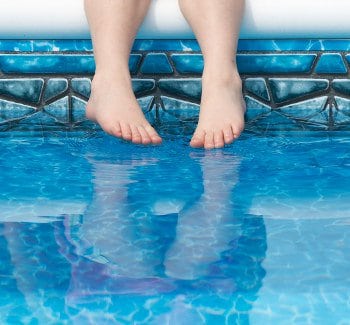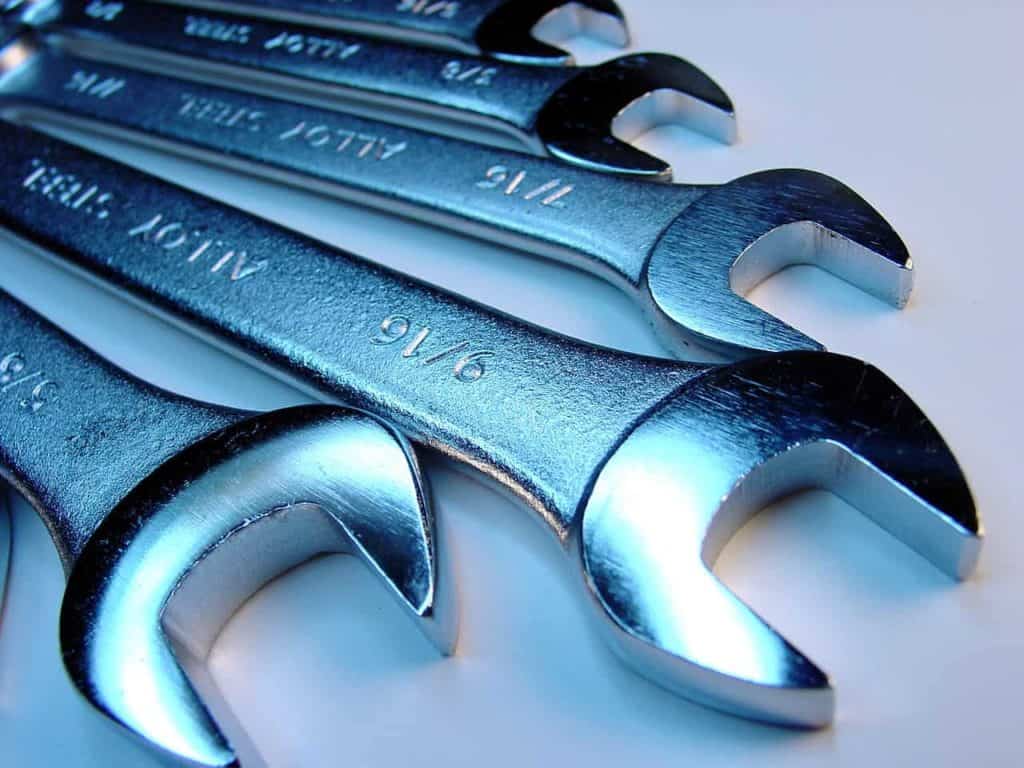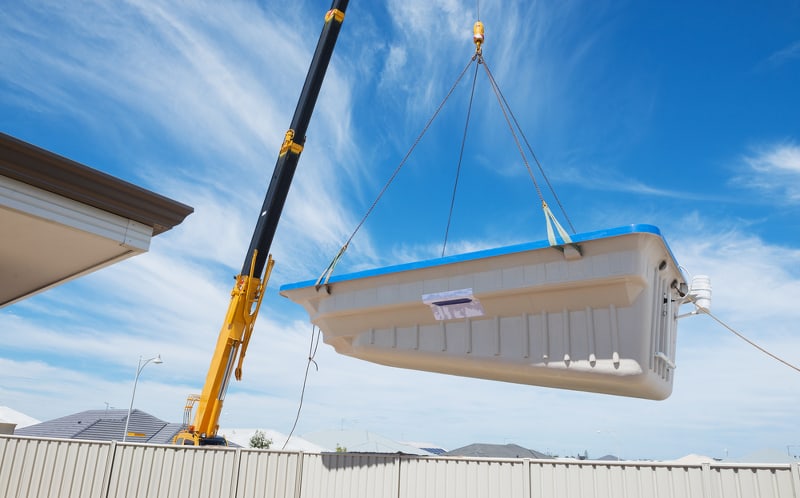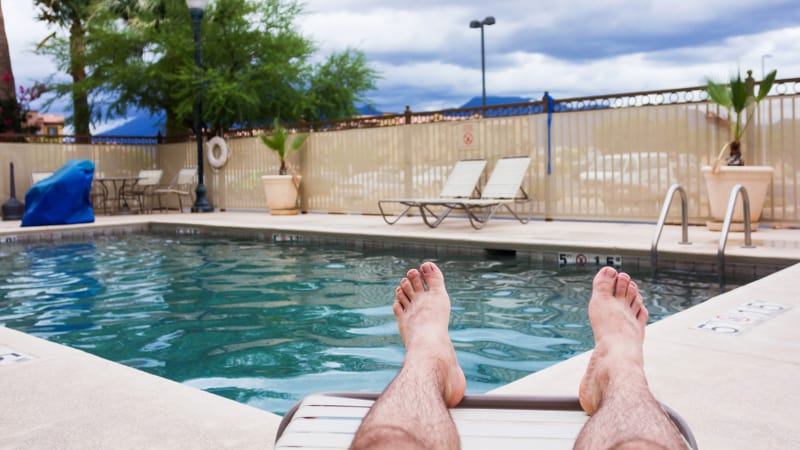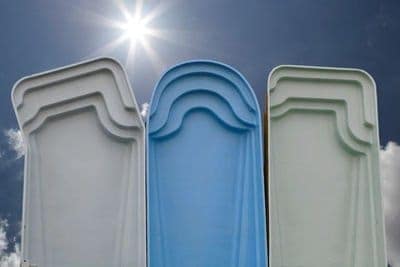
Fiberglass swimming pools are becoming increasingly popular, and it’s not hard to see why. They look nice, are comparatively easy to install, and hold up well over time. But along with those advantages, they also come with their own set of disadvantages. Fiberglass pool problems tend to be unique, so any homeowner interested in buying one of these pools would be wise to learn all the facts.
What makes fiberglass pools different? Well, just like gunite and vinyl, there are issues that are particular to the type of material being used. However, with fiberglass pools there’s also the fact that the shells are shipped intact from the factory, and aren’t really made for repairs or renovations onsite. Here are some of the most common issues fiberglass pool owners run into.
Bulging Walls
Most inground pools are carved out of the earth, and then vinyl or concrete is applied to form a surface that can hold water. However, fiberglass shells are shipped to the home in their final shape. That means they require some sort of backfill to hold them in place – and this backfill is usually sand. The trouble is that sand, when saturated with water, can become liquefied and exert an incredible amount of pressure on the pool walls. If the shell isn’t strong enough to hold up to this pressure, bulges can form in the pool wall.
Leaks
Sand can also lead to problems with plumbing. The pipes are laid in a certain place with a certain configuration. If the sand around them isn’t fully compacted, it will continue to settle over time. This can exert pressure on pipes and eventually cause leaks.
Spider Cracks
Small, delicate cracks can appear on any fiberglass surface, and fiberglass pools are not immune. Luckily, these little cracks don’t cause any real problems – they just look bad. But then, when you’re paying thousands of dollars, having a pool that looks bad is a problem.
Difficulty Repairing the Shell
As mentioned, fiberglass pools aren’t really designed with repairs or renovation in mind. Fortunately, most of these swimming pools don’t need major renovations for many, many years. However, if something does happen to the surface of an inground pool, it’s often difficult to get a patch that matches the original surface.
Do These Fiberglass Pool Problems Scare You Away?
Those are the main fiberglass problem problems. You may have heard of others. Just remember to consider the source when someone tells you about all the things that can go wrong with a fiberglass pool. Many pool contractors only do concrete pools, and therefore have a vested interest in steering you away from fiberglass. As for pool owners, very few have owned multiple types of pools and can speak intelligently about the differences.
When considering a fiberglass pool, it’s critical to evaluate the warranty on the pool shell to see whether it covers some of these common problems – and if so, for how long. But more importantly, you should look for a pool builder with experience in fiberglass pools. Many of the biggest problems can be prevented through proper installation.


